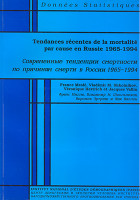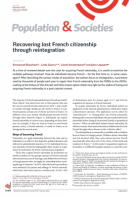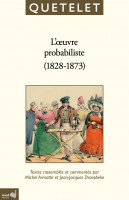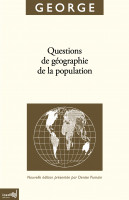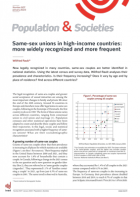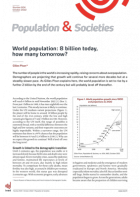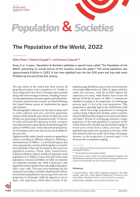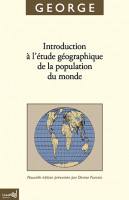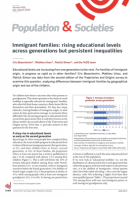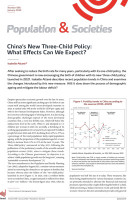
Comment aborder les pratiques religieuses en Afrique Subsaharienne ?
Collection : Documents de travail
n° 232, 2017, 37 pages
In censuses and demographic surveys, religion is recorded as a variable of state, assuming that individuals’ religious affiliation is unique and definitive. However, according to anthropologists and sociologists, in sub-Saharan Africa, pluralism and mobility are commonplace. In this paper, we discuss the relevance and feasibility of a statistical approach to religious practices, taking into consideration their complexity and variability over an individual’s lifetime. We use longitudinal data collected since 25 years in the south-east of Mali, among a population where traditional and Christian religions coexist. Religious itineraries since birth were recorded, taking into account religious sequences of at least three months. Thanks to this unique corpus of data, we can compare the results of a classic cross-sectional approach with those obtained via a longitudinal approach that takes into consideration individuals’ religious trajectories. Plurality and variability in religious practices are confirmed. Most individuals, at some point in their lives, become affiliated with different religions. Mobility and reversibility in religious affiliation are common. According to the criteria considered, the prevalence of a religion varies by a factor of 1 to 8. A non-negligible proportion of life-event data are wrongly characterized if matched with the religion reported at the time of the survey. The survey provides statistical evidence of the complexity and dynamics of religious practices. The feasibility of a quantitative approach to religious practices over an individuals’ life, at least in such a small scale survey, is confirmed.





